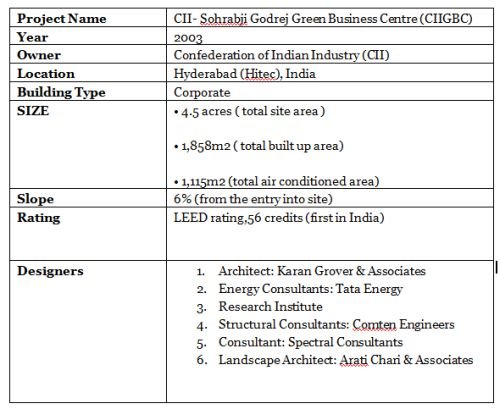Global Climate Change
“The Earth’s climate is changing. Rising global temperatures will bring changes in weather patterns, rising sea levels and increased frequency and intensity of extreme weather. We need to avoid making the problem worse, so cutting carbon emissions is a priority. But all of us; individuals, businesses, government and public authorities, will also need to adapt our behaviour to respond to the challenges of climate change” (DEFRA, 2009). The essay brings out the key differences between the approaches to flood risk management in the UK and the Netherlands with the help of illustrations. References have been made to the authors deemed relevant.
There is a high degree of agreement between different authors and organisations regarding the impacts of climate change. To name a few, Scoones, 2004; Parry, IPCC, 2007; United Nations Environment Programme, 1993; Crawford, Dawsonera, Mehmood and Davoudi, 2009) discuss two most significant problems affecting coastal countries are, flooding resulting from the rise in sea levels and coastal erosion.

Climate Change in Britain
Britain has a maritime climate that makes it one of the wettest countries in Europe. UK is protected by cliffs from flooding. In the 1990s, flooding was not seen as a major problem in the UK and the floods in Midlands in 1998 were regarded as an anomaly. In 2000, it was estimated that the inland flooding in England could cost over 1 billion (W. Finlinson, D. Crichton, S. Evans, J. Salt and S. Waller and the Loss Prevention Council, 2000). Only three weeks after the publication, England experienced the wettest autumn since 1766 that flooded 10,000 properties from York to Lewes which cost insurers 1.3 billion. It was realised that climate change was responsible for the severe flood damage (P. Pall et al., 2011). 2013 – 2014 has been the wettest winter in 2 and a half centuries in Britain and some of the worst flooding in decades with more than 800 properties affected in 2014 floods (gov.uk, 2014). Since 1994, almost all the biggest floods in the UK happened in England and Wales1. England is densely populated. Hence, it is difficult to find plots that are not at risk of flooding. A population increase of 18% between 2008 and 2033 has been estimated (ONS, 2010). The highest number of new build in flood hazard areas can be found in the South East and the increase in the population density has been estimated to rise by 20% by 2033 (TCPA, December 2011).
Climate Change Planning Policies in the UK
On the policy front, at national scale, the main focus of UK climate change policy has been on carbon budgeting, reducing carbon emissions and carbon trading as set out in Climate Change Act, 2008. At regional and local authority scale, the main policy focus has been strategic and adaptive, dealing with the prediction and management of the impacts of the future climatic events such as sea level rise and river floods that have the potential to disrupt transport networks, infrastructure and services, and economic activity, and which affect emergency planning. Knight and Harrison discuss the resources available to inform local and strategic policy and planning for future climate change impacts include The Stern Review on the Economics of Climate Change (2006); The Pitt Review (2008); UKCIP (2009); The Lawton Review of England’s Wildlife Sites and Ecological Network (2010). However, Knight and Harrison also identify that the disjunction between policies objectives is due to the lack of clear, strategic national guidance available to local authorities. These policy reviews and instruments successfully identify the major climate change issues at local and regional levels but fail to provide a national scale framework for actions on these issues. They are all advisory and not statutory. They generally inform on the scientific background but not on planning policy. The extent to which the national scale policy can and should be replicated regionally remains unclear (TCPA, December, 2011).

